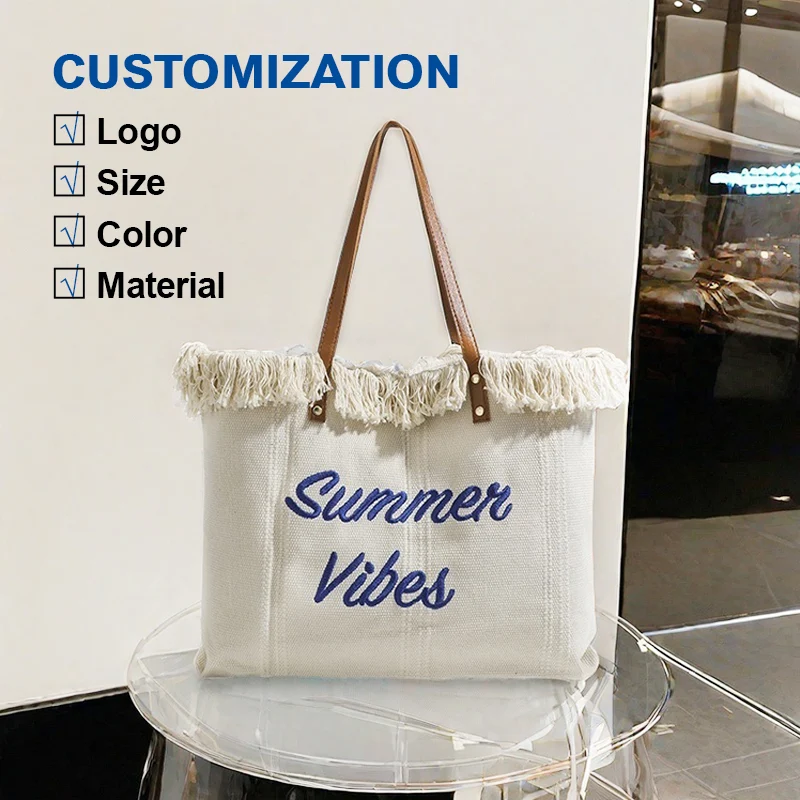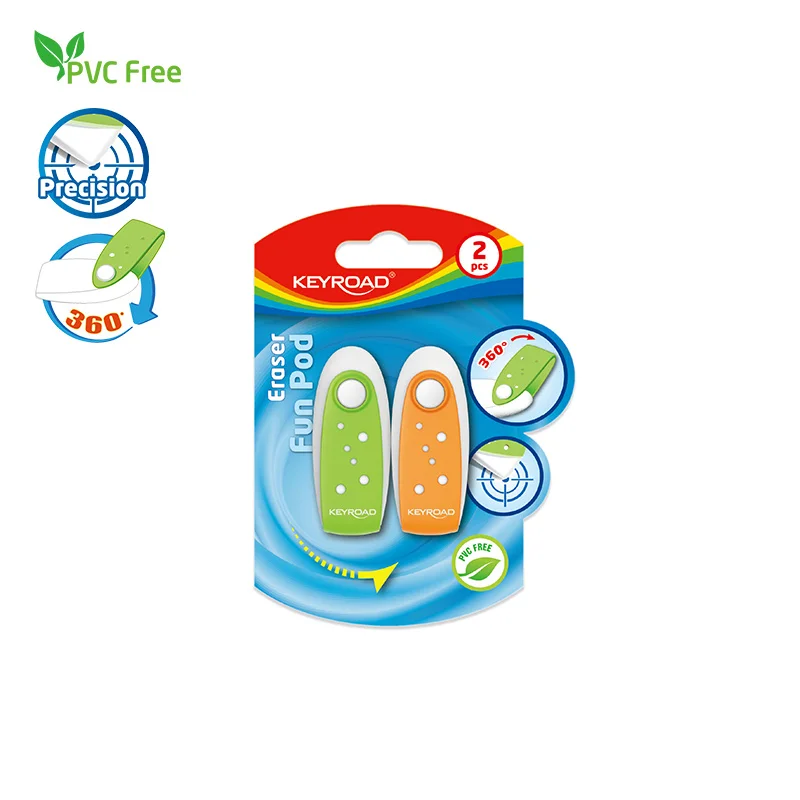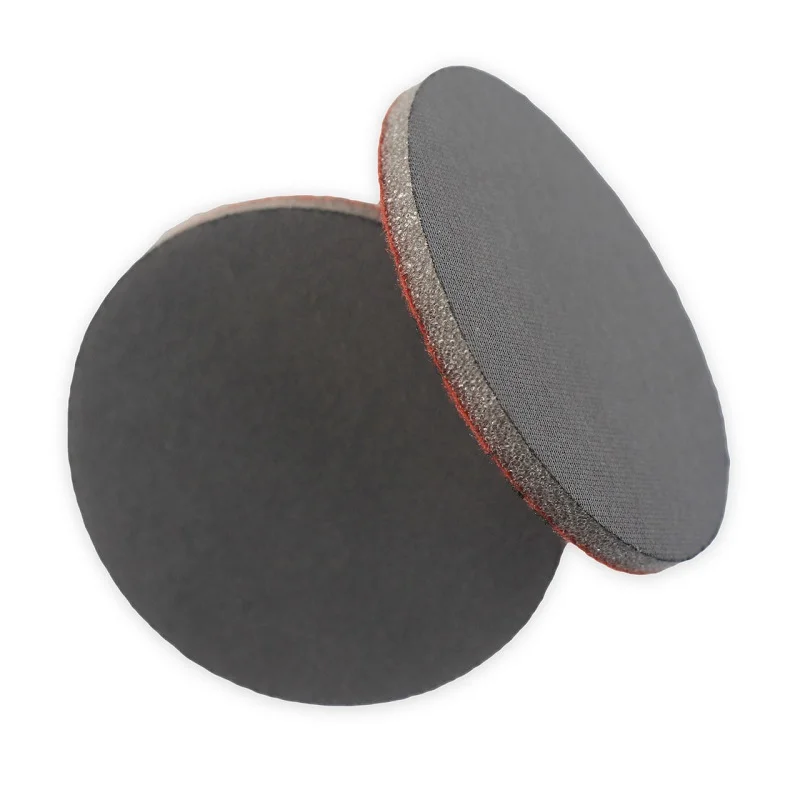Transforming Tiny Spaces: Expert Tips to Make Your Small House Feel More Spacious
3 min readIn an era where urban living often means downsizing, many homeowners find themselves grappling with the challenge of making their small houses feel more spacious. While the constraints of square footage can be daunting, there are numerous strategies that can create an illusion of space, enhance functionality, and ultimately transform your living environment. This article delves into expert tips and innovative design solutions that can help you maximize your small home’s potential.
- Embrace Open Floor Plans
One of the most effective ways to create a sense of spaciousness is to adopt an open floor plan. By minimizing the number of walls and barriers between rooms, you can foster a seamless flow of space. Consider removing non-load-bearing walls to connect your living area, dining space, and kitchen. This not only enhances visual continuity but also allows natural light to permeate throughout the home, making it feel larger and more inviting.
- Optimize Natural Light
Natural light is a powerful tool in creating an airy atmosphere. To maximize light, opt for sheer window treatments that allow sunlight to filter in while maintaining privacy. Mirrors can also play a crucial role; strategically placing them across from windows can reflect light and create the illusion of depth. Additionally, consider using lighter paint colors on walls and ceilings, as they can amplify brightness and make spaces feel more expansive.
- Multi-Functional Furniture
In a small house, every piece of furniture should serve multiple purposes. Invest in multi-functional furniture such as a sofa bed, ottomans with storage, or a dining table that can extend when needed. This not only saves space but also reduces clutter, allowing for a more organized and open environment. Additionally, consider built-in furniture solutions, like wall beds or foldable desks, which can be tucked away when not in use.
- Vertical Space Utilization
When floor space is limited, look upwards. Utilizing vertical space can dramatically increase storage and functionality. Install shelves that reach the ceiling, and use tall bookcases to draw the eye upward, creating an illusion of height. Wall-mounted storage solutions, such as pegboards or floating shelves, can keep items off the floor while adding visual interest. Don’t forget to decorate vertically; hanging artwork or plants can draw attention away from the small footprint of the room.
- Declutter and Simplify
A cluttered space can feel cramped and overwhelming. Regularly decluttering your home is essential for maintaining a spacious feel. Adopt a minimalist approach by keeping only the items that serve a purpose or bring joy. Use decorative baskets or boxes to organize smaller items, and ensure that every piece of furniture has a designated place. A tidy environment not only looks more spacious but also promotes a sense of calm.
- Strategic Color Choices
Color plays a pivotal role in how we perceive space. Lighter shades, such as whites, soft pastels, and light grays, can make a room feel more open and airy. Conversely, dark colors can absorb light and create a more enclosed feeling. If you love bold colors, consider using them as accents rather than on large surfaces. For example, a vibrant accent wall or colorful accessories can add personality without overwhelming the space.
- Create Zones with Rugs
Area rugs can help define different zones within an open floor plan, providing a sense of structure without the need for physical barriers. Choose rugs that are proportional to your furniture and space; larger rugs can make a room feel more cohesive, while smaller ones can delineate specific areas. This technique allows for a functional layout while maintaining an open and spacious feel.
- Outdoor Integration
If your small house has access to outdoor space, consider integrating it into your living area. Large sliding doors or bi-fold doors can create a seamless transition between indoor and outdoor spaces, effectively expanding your living area. Furnishing your outdoor space with comfortable seating can also provide additional room for relaxation and entertainment, enhancing the overall spaciousness of your home.
Conclusion
Making a small house feel more spacious is not merely about physical dimensions; it’s about creating an environment that feels open, functional, and inviting. By embracing open floor plans, optimizing natural light, investing in multi-functional furniture, and employing strategic design choices, you can transform your small living space into a haven of comfort and style. Remember, the key lies in thoughtful planning and creativity—your small house can indeed feel like a spacious retreat.



